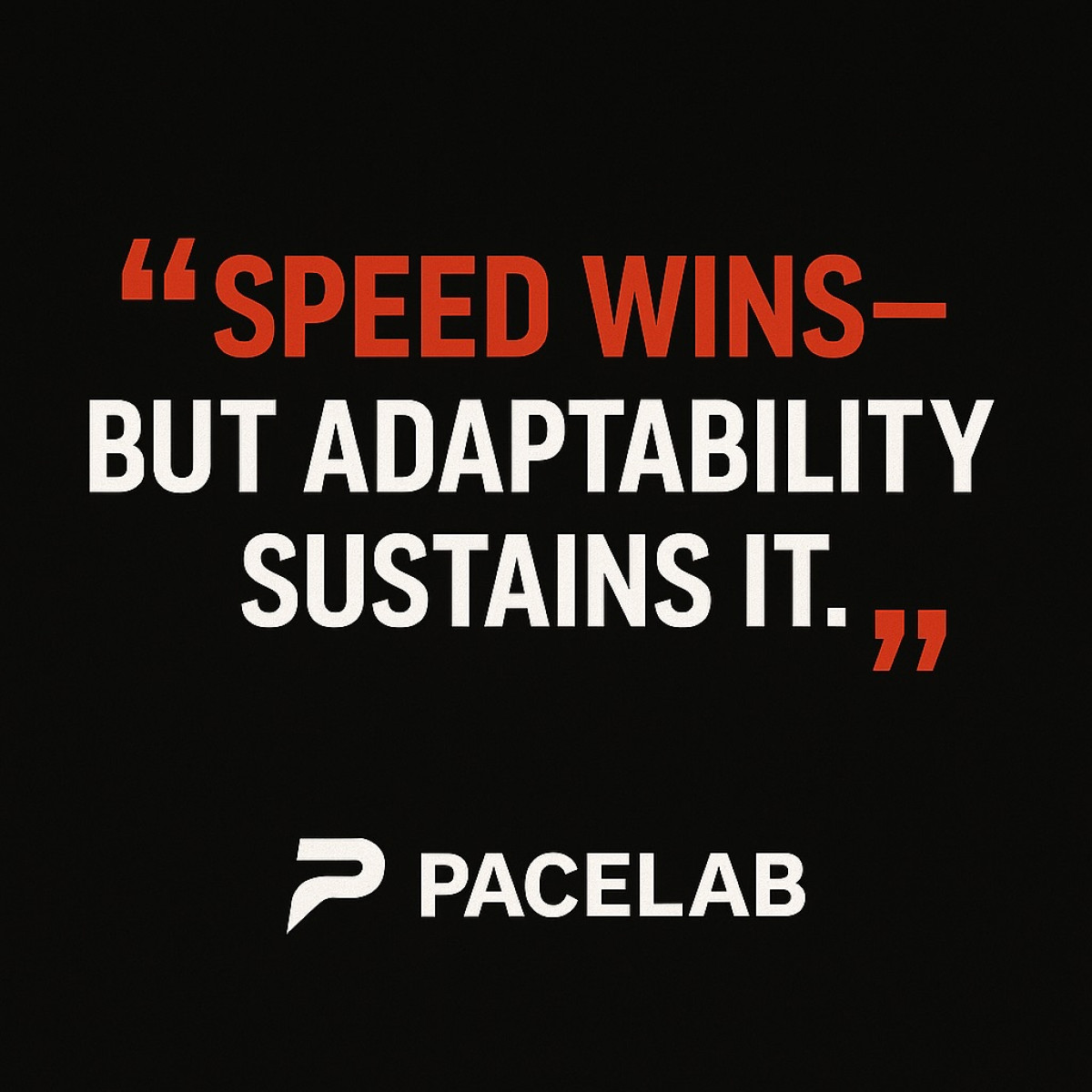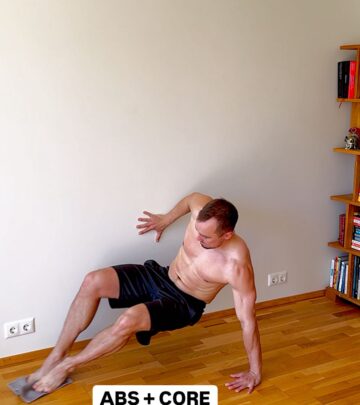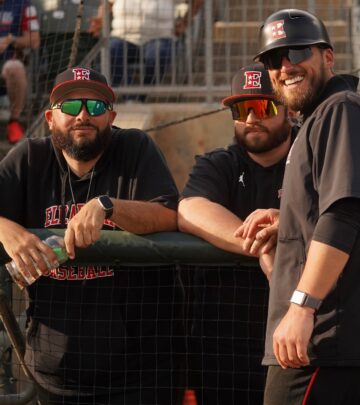Adaptable Fast Bowling: Redefining Technique With Variability
PaceLab fuses motor science & adaptive drills, reshaping fast bowling with variable flow!!

Image: Instagram
In today’s fast-paced world of sports, innovation often comes from challenging established norms. PaceLab’s coaching system is turning heads by applying motor learning theory to fast bowling, focusing on adaptable movement rather than a fixed technical template. The system emphasizes the concept of “repetition without repetition” to build robust skills that can adapt under the pressures of match-day chaos.
Innovative Motor Learning Approach
At the heart of the PaceLab method is the understanding that motor learning is not about perfecting a static technique. As highlighted in their recent update, the system uses variability as a tool to build resilient performance. Instead of drilling the same motion repeatedly, bowlers are exposed to varying conditions such as different speeds, surfaces, and fatigue levels. This variability forces them to self-organize and adapt, leading to more reliable outcomes under pressure.
The approach is based on a blend of three key strategies – variability, constraints-led approaches (CLA), and sensory training. According to the PaceLab system, the idea is to nudge the body into finding its own optimal movement patterns by tweaking task demands and environmental factors. Coaches manipulate elements like the run-up angle, seam orientation, or target zone during training sessions. This continuous adjustment not only breaks the monotony of traditional drills but also helps the bowler’s body to develop flexible coordination under real-game conditions.
Sensory Training And Variability In Practice
A crucial component of the PaceLab method is sensory engagement. Fast bowling, which demands precise timing and coordination, benefits immensely when a bowler’s sensory systems – including proprioception and vision – are finely tuned. Innovative practices like using stroboscopic glasses, overload implements, or even quiet, distraction-free sessions are designed to sharpen the bowler’s perceptive abilities. This sensory training ensures that the bowler can rely on key inputs during high-pressure moments rather than over-focusing on the mechanics of an arm path.
This method contrasts sharply against traditional technical drills that often rely on repetitive, low-stress conditions. PaceLab coaches believe that drills performed in sterile environments may nurture comfort but do not translate well into the unpredictable dynamics of competitive play. Instead, by embracing variability in drills – for instance, altering environmental constraints or even using modified resistance – athletes learn to transfer these adaptive skills into real match situations.
Steffan Jones And The Pacelab Revolution
Celebrity coach Steffan Jones, whose reputation spans diverse roles in athletic training and sports innovation, has been a vocal supporter of the PaceLab approach. According to his contributions and insights shared on social media, especially on Instagram, he emphasizes that reshaping movement strategies is more effective than chasing a cosmetic ideal of technique. Jones has been quoted as championing the idea that the brain’s ability to solve movement problems is at the core of effective coaching. His practical engagement with the PaceLab system reinforces the notion that technical stability in fast bowling comes from deep and wide attractors – movement patterns that remain robust even under fatigue and pressure.
Jones, whose career and coaching philosophies are well-documented, has been instrumental in translating scientific principles into training regimens that resonate with both players and coaches alike. His recent posts have outlined how altering factors such as run-up speed or seam orientation not only increases ball speed but also builds a resilient athletic response. With a background that spans 20 years in sports journalism and reporting on cutting-edge athletic training, his endorsements offer a blend of technical insight and relatable practical experience.
Adaptive Drills Under Real-world Conditions
What makes this training method so compelling is its commitment to realistic practice. Traditional drills, though reliable in controlled settings, often fail to capture the unpredictable elements of competitive play. The Pacelab system’s philosophy is to simulate on-field chaos through controlled variability. This means that bowlers train under diverse conditions, ensuring that they remain adaptable even when fatigue sets in or when facing unexpected environmental challenges during a match.
The system’s focus on “constraints-led approaches” also plays a critical role. By intentionally altering the training environment – whether by modifying the angle of approach or even adjusting the target zones – coaches encourage bowlers to discover movement solutions on their own. This method moves away from rigid, prescriptive coaching and instead fosters an environment where athletes become more autonomous in problem-solving during high-stress scenarios.
In a recent Instagram post (https://www.instagram.com/p/DJhULrVM4Sn/), PaceLab demonstrated these principles in action, showcasing dynamic drills that challenge bowlers to adapt their motor patterns in real time. This visual evidence not only reinforces their methodology but also provides a tangible example of how adaptable training can lead to superior performance outcomes.
The integration of motor learning theories, sensory training, and constraints-led drills presents a paradigm shift in fast bowling coaching. By moving away from repetitive drills and embracing adaptive techniques, PaceLab is not just preparing bowlers for the rigors of competition – it is redefining what technical excellence looks like on the field.
The cascading benefits of this innovative approach are evident: enhanced coordination, improved match-day performance, and a reduced risk of injury. Coaches and athletes alike are starting to see that effective training is about teaching the body to be resilient amidst variability rather than conforming to a fixed technique.
Ultimately, PaceLab’s model is a testament to the power of adaptive training. By trusting the body’s inherent ability to self-organize and respond to diverse challenges, both upcoming and established athletes can achieve more consistent, high-level performances when it truly counts.
Read full bio of Joyce














